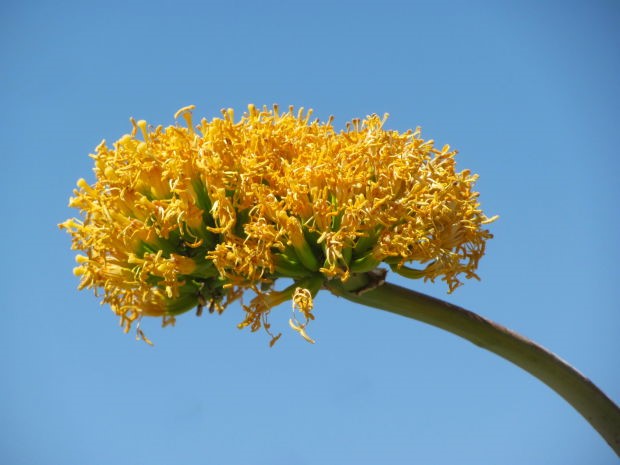Aruba is home to several species of Agave plants, commonly referred to as “Century Plants” in English. While some species are endemic to the island, others were introduced by European settlers for their versatility and resilience. Today, these hardy succulents thrive in Aruba’s harsh, dry climate, particularly in the mondi (open lands).
During the colonial era, Europeans brought various Agave species to the ABC Islands for purposes such as:
Due to Aruba’s arid conditions, these plants quickly adapted and spread across the island, blending with the native flora.
Although often called “Century Plants,” Agave species do not live for 100 years. Instead, they typically live between 10 to 30 years, depending on environmental conditions.
Agave plants are an essential part of Aruba’s natural landscape, with deep cultural and ecological significance. Whether endemic or introduced, these plants continue to flourish in the wild, proving their resilience in harsh environments.
